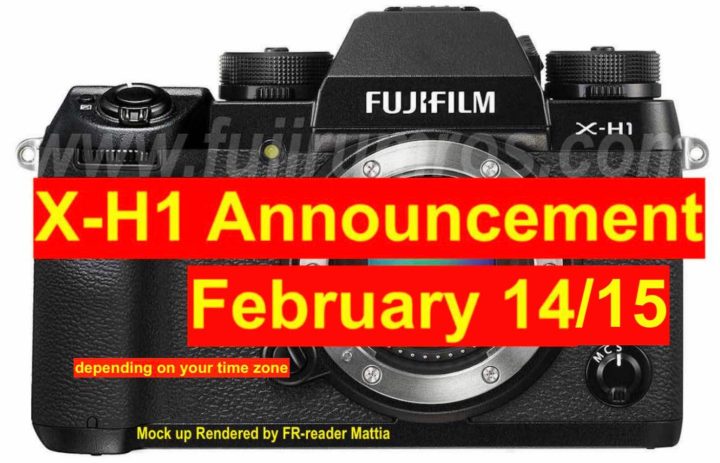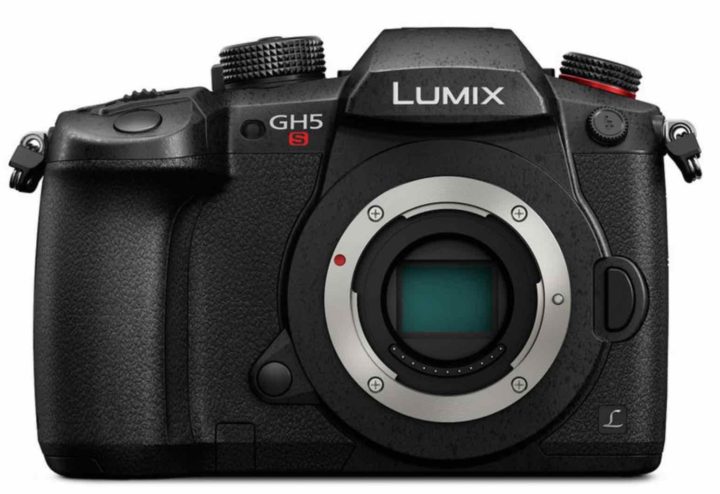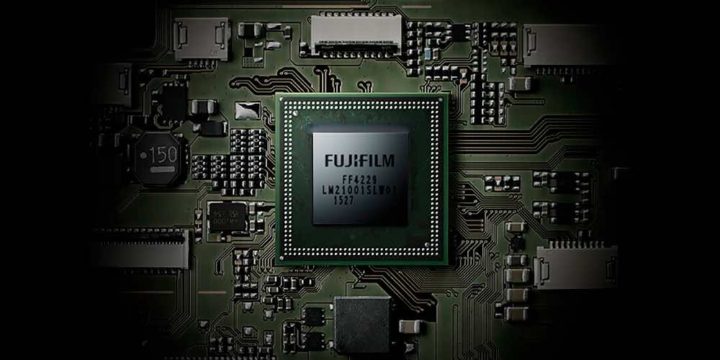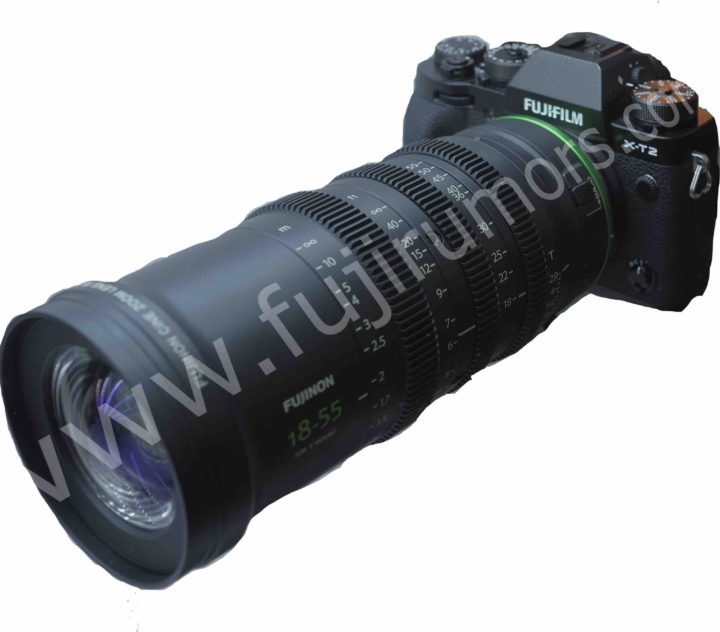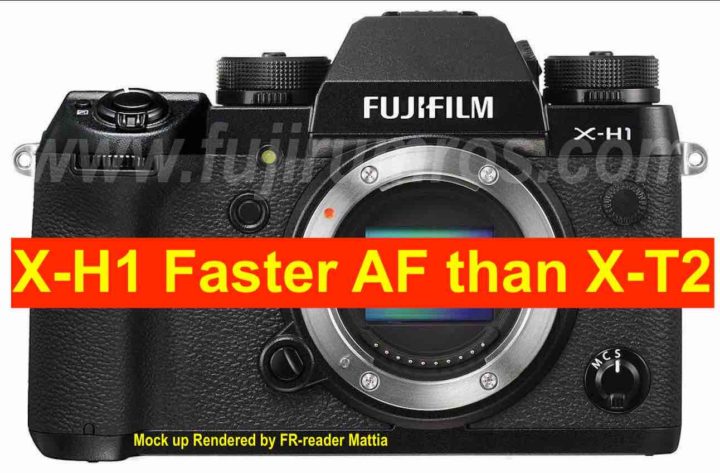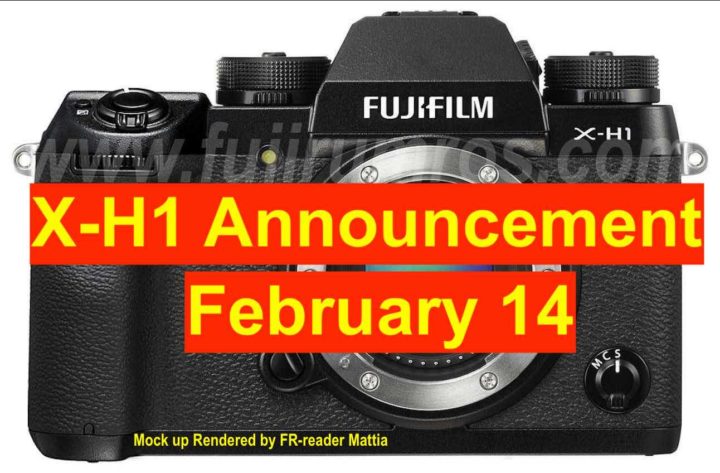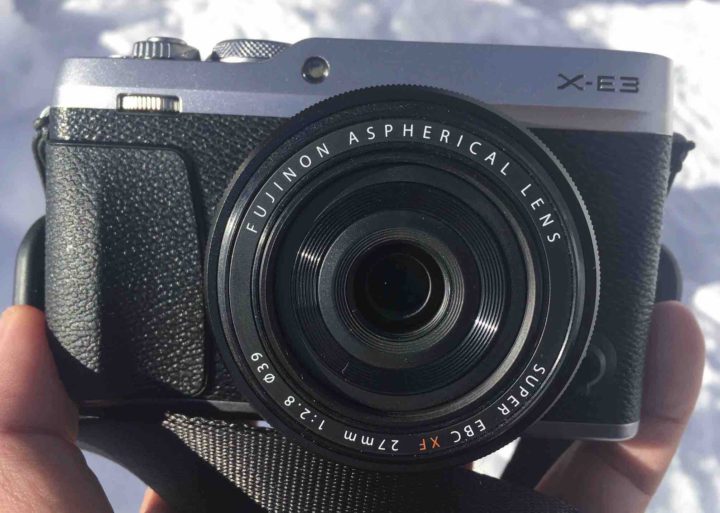Fujifilm X-T3 and Fujifilm X-H1: Will the X-T3 Have IBIS? Advantages of Creating New X-H Line? Should Fujifilm Have Merged X-T3/H1 into One Camera?
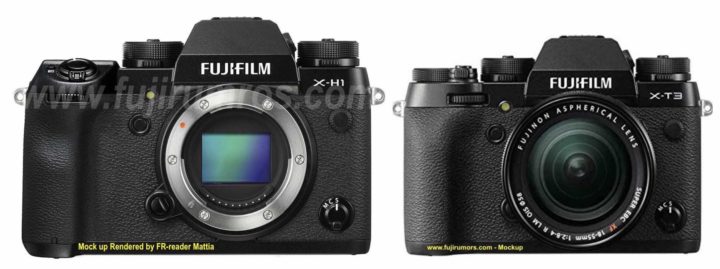
Fujifilm X-T3 or Fujifilm X-H1
The debate and the questions started after yesterday’s Fujifilm X-T3 rumor.
I thought to put some of the questions and speculations I could read in the comments and that I got via email in this article, and maybe add some thoughts to it.
Feel free to read and discuss it in the comments.
The Journey from Fujifilm X-T2S to Fujfiilm X-H1
As you know, the upcoming Fujifilm X-H1 was originally planed to be called X-T2s.
You might think: “Who cares, just a name change“.
Maybe… or maybe not.
The fact that Fujifilm decided to change name, and hence to create a new line of Fujifilm X series cameras, could be quite relevant.
It’s safe to assume that a new line of cameras means that this line will have some peculiarities that sets them apart from all other Fujifilm cameras.
No IBIS on Fujifilm X-T3?
What could be the features that set the Fujifilm X-H1 apart from any other Fujifilm X series camera, including the Fujifilm X-T3?
I am investigating this, but you guys already started to make speculations in the comments.
The most widly spread of your speculation in the comments is that IBIS will be a feature reserved for the Fujifilm X-H1, which means the Fujifilm X-T3 will not have IBIS.
If your speculations are right, then Fujifilm did well to change the name from X-T2S to X-H1. Two different camera lines, with some more or less significant differences, such as IBIS… but there are more of them.
Fujifilm X-H1 for Video and Fujifilm X-T3 for Stills
Let’s assume the speculations of many FR-readers are correct, and the Fujifilm X-T3 will not have IBIS.
In that case, unless you work on a rig/gimbal (where IBIS can actually become a problem, as we have shown here), the Fujifilm X-H1 will be the better video camera if you shoot handheld, not only because of IBIS, but also because the ergonomics, controls and features are more build around the needs of videographers.
The bigger camera and deeper grip of the Fujifilm X-H1 will definitely help overall stability and balance while filming, especially if you use the X-H1 with long Cine Lenses like the Fujinon MK 18-55 and MK 50-135.
I also doubt any videographer would really use the exposure compensation dial to adjust brightness while filming, since it would introduce lots of camera shakes. This is why Fujifilm got rid of it on the X-H1. You will control exposure compensation via command dial and check your value on a top LCD panel.
The bigger body might also allow better heat dissipation, allowing maybe longer (or even unlimited?) 4K video recording time.
The Fujifilm X-T line would remain mainly a stills camera, with a smaller body and more analog controls (exposure compensation dial).
And if the Fujifilm X-T3 really has no IBIS as you guys speculated, then, from a mere image quality point of view, this might have some advantages, too, since IBIS can introduce more vignetting and it can create issues with heat dissipation that lead to worst high ISO performance, as Panasonic ambassador and GH5S beta tester told us here. On the other hand, I can think of many other situations where IBIS is useful also for stills.
But I have written a detailed IBIS Pros and Cons article (also compared to OIS). Feel free to check it out.
Should Fujifilm Have Merged X-T3 and X-H1 into One Camera?
Should Fujifilm have merged the X-T3 and X-H1 into one camera?
And what’s the advantage of creating a new X-H Line?
I don’t know… but I’ll throw in some thoughts…
Making the X-T3 more “video friendly” would have ment changing the classic X-T controls and design by adding, for example, a deeper grip and overall size to the camera. And given how much loved the current design is amongst Fujifilm X-T shooters, I am not sure if such changes would have been appreciated.
By creating a new line with the Fujifilm X-H1, Fujifilm has much more freedom to make more radical ergonomic changes oriented towards the needs of videographers. And as you can see in our leaked X-H1 sketches, the X-H1 has some significant differences compared to the X-T2.
But the big question remains: will IBIS really be reserved to the X-H line? I will try to answer this question as soon as possible.
In the meantime, make sure to follow us on Facebook, RSS-feed and Twitter, and to click on the little bell icon on the bottom right of your browser, to get instant notification, as soon as I can answer this question.

